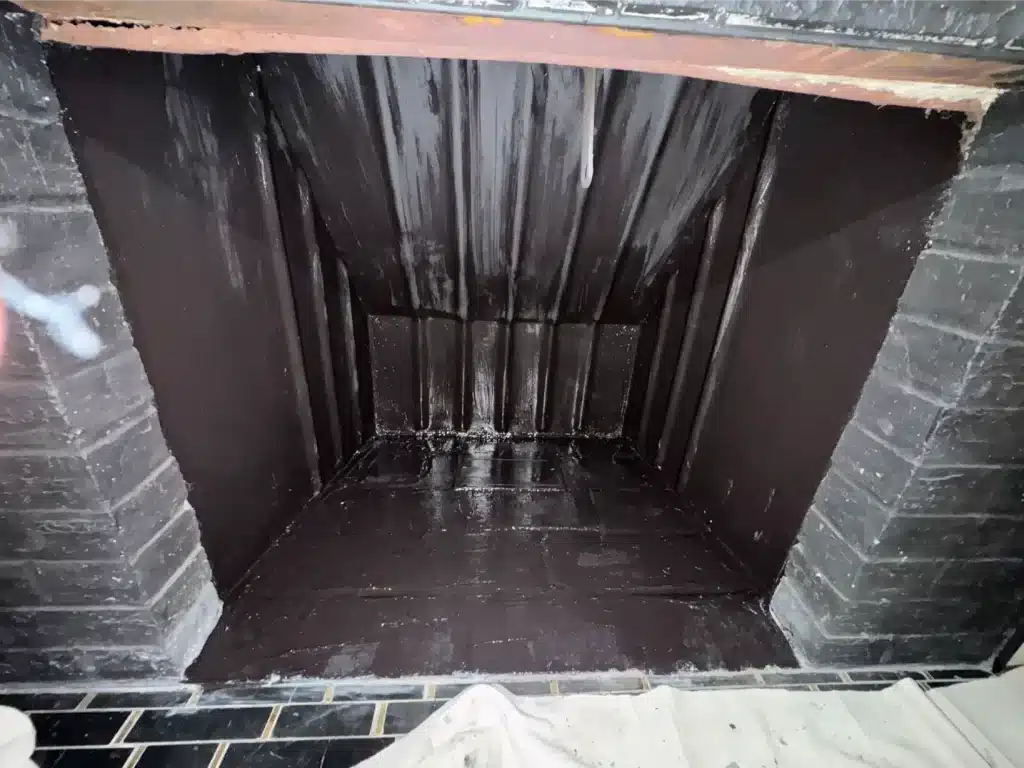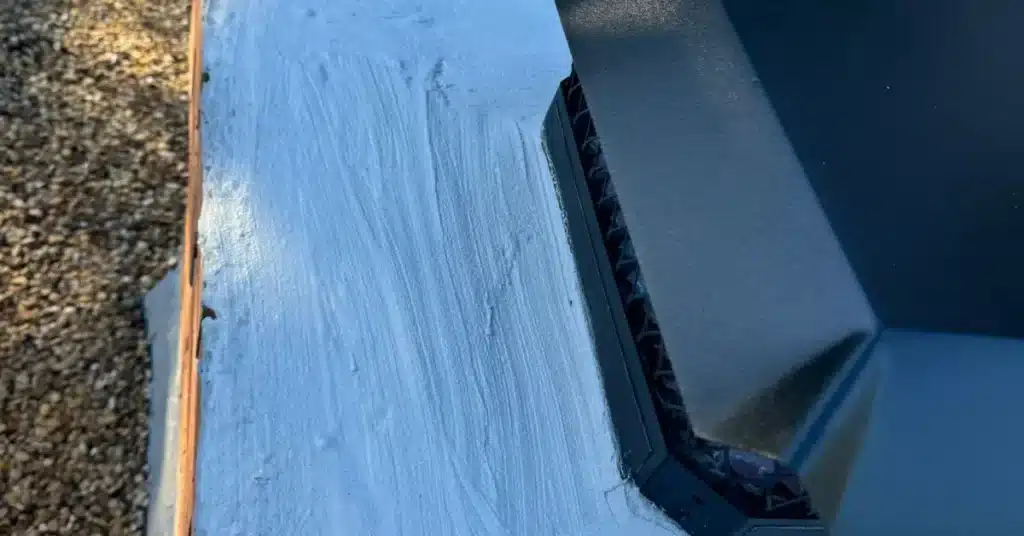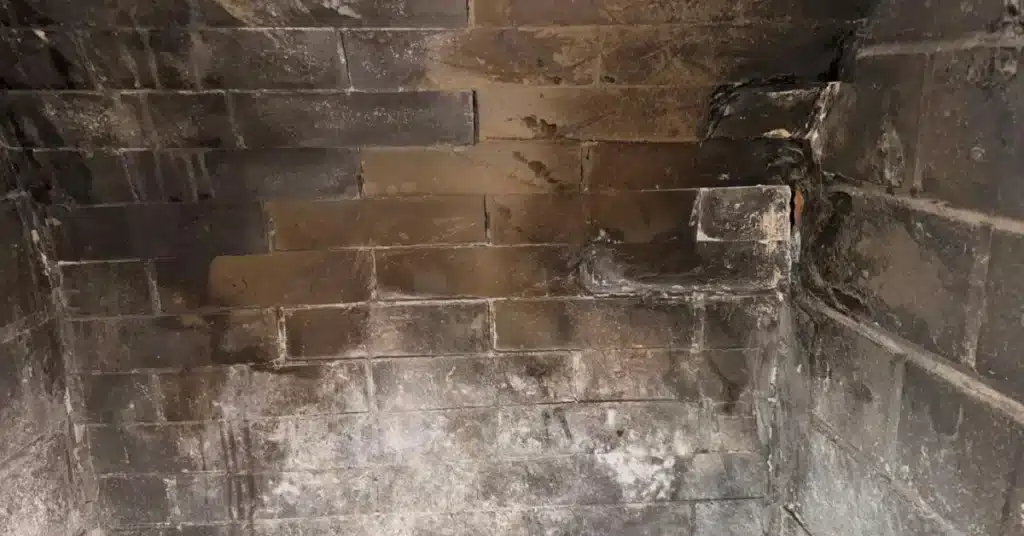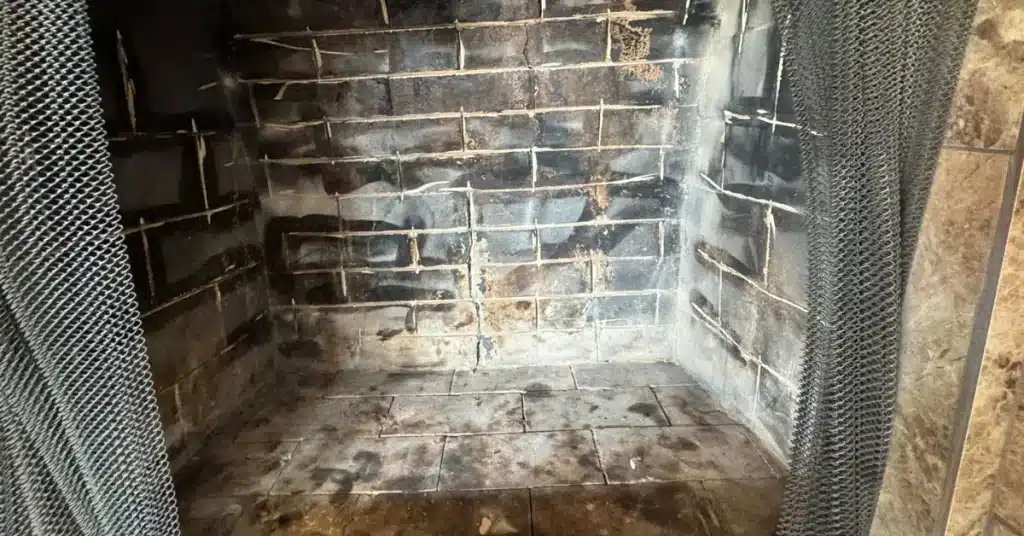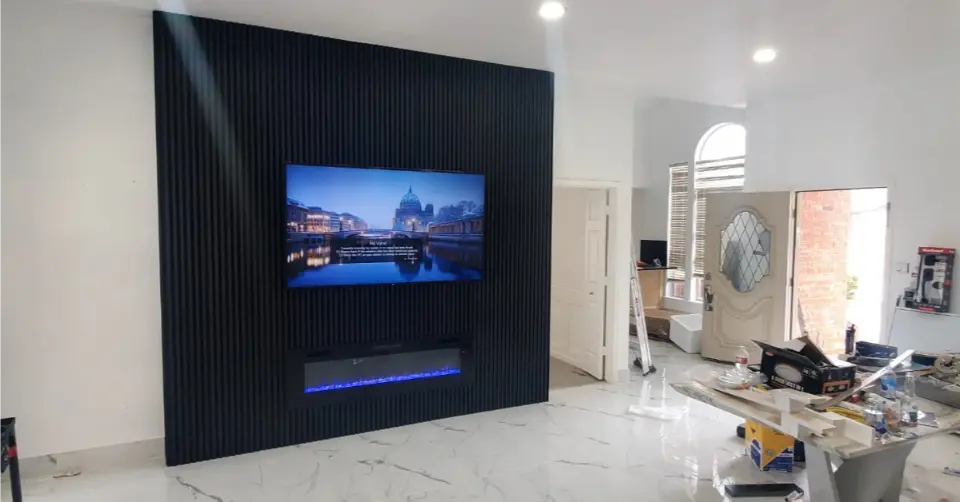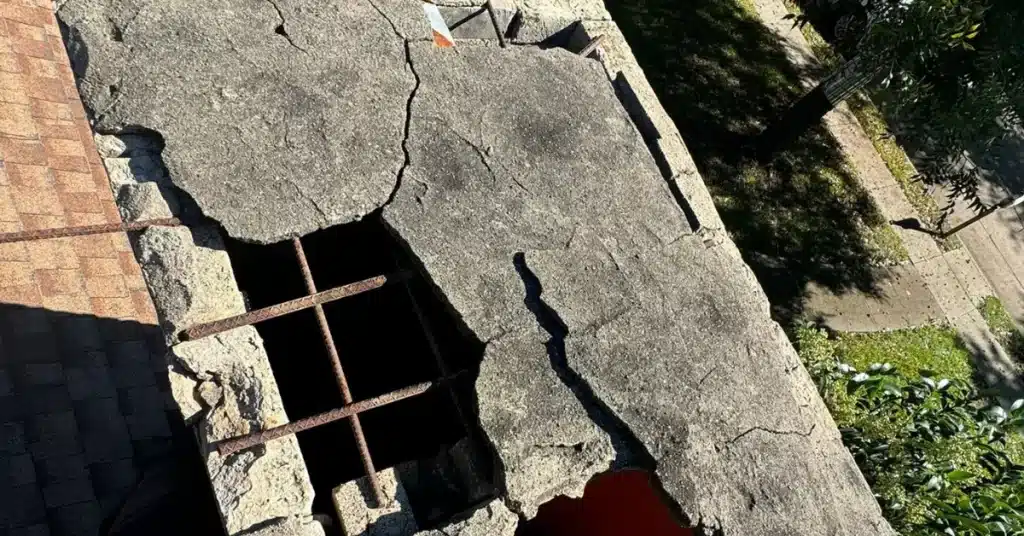Chimney & Fireplace Flue: Function & Maintenance Explained
Your fireplace flue serves as the critical pathway that safely channels smoke, gases, and combustion byproducts from your fireplace to the outside of your home. This vertical passage within your chimney creates the necessary draft to pull dangerous carbon monoxide and other harmful gases away from your living space. Without a properly functioning fireplace flue, these toxic substances could accumulate indoors, posing serious health risks to your family.
The flue operates on the principle of thermal buoyancy – as hot gases rise naturally, they create an upward draft that continuously pulls fresh air into the fireplace while expelling smoke through the chimney top. This constant airflow ensures efficient combustion and prevents smoke from backing up into your home. Understanding how your flue works helps you recognize when maintenance is needed and why regular inspections are crucial for safe fireplace operation.
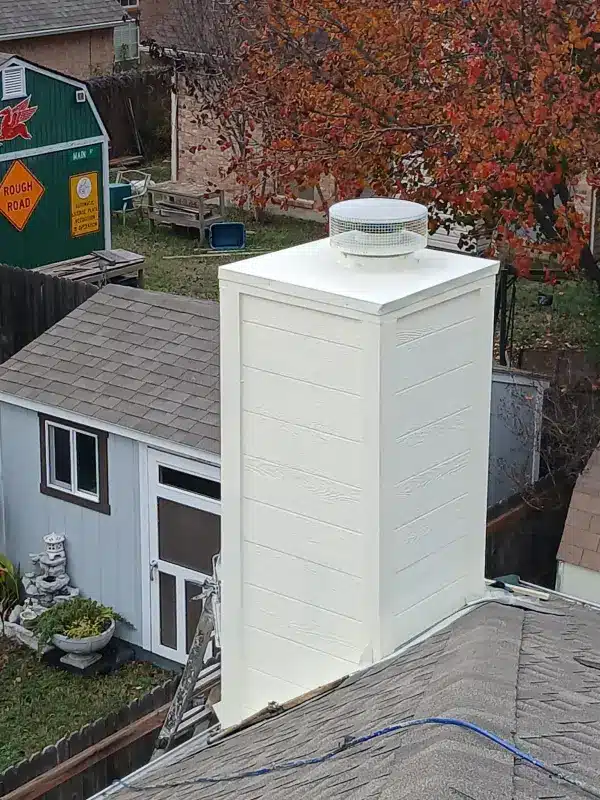
Other Essential Components: Chimney Liner and Damper Systems Explained
Beyond the fireplace flue itself, several components work together to ensure safe and efficient operation. The chimney liner forms a protective barrier inside the flue, shielding your home’s structure from heat and corrosion while improving draft performance. Modern liners come in clay tile, metal, or cast-in-place materials, each offering specific advantages for different fireplace types and fuel sources.
The damper system acts as a controllable valve within your fireplace flue, allowing you to open it during fires for proper ventilation and close it when not in use to prevent energy loss. Top-sealing dampers, installed at the chimney crown, provide superior weather protection and energy efficiency compared to traditional throat dampers. These components must work in harmony – a damaged liner or malfunctioning damper can compromise the entire venting system, leading to poor performance, increased fire risk, and potential carbon monoxide exposure.
Firebox to Flue: The Path of Proper Venting
The journey from firebox to outdoor air follows a carefully engineered path designed for maximum safety and efficiency. Starting in the firebox where combustion occurs, hot gases and smoke immediately rise into the smoke chamber, a transitional space that funnels emissions into the fireplace flue opening. The smoke shelf, positioned just behind the damper, helps prevent downdrafts and catches falling debris.
As gases enter the flue proper, the temperature differential between the hot exhaust and cooler outside air accelerates upward movement. This natural draft pulls combustion air through the fireplace opening while simultaneously exhausting smoke through the chimney cap. Any obstruction along this path – whether from creosote buildup, animal nests, or structural damage – disrupts the venting process and can cause dangerous backdrafting into your home.
Benefits of Stainless Steel Fireplace Flues for Appliance Safety
Stainless steel fireplace flue systems offer exceptional durability and performance advantages for modern heating appliances. These corrosion-resistant liners withstand the acidic condensation produced by high-efficiency gas appliances and the extreme temperatures generated by wood-burning units. Their smooth interior surface reduces creosote accumulation and improves draft efficiency, while the material’s strength allows for smaller diameter installations that preserve chimney space.
Installation of a stainless steel liner often resolves common venting problems in older chimneys, including deteriorated clay tiles, improper sizing, and inadequate insulation. The flexibility of stainless steel systems accommodates offset chimneys and allows for proper sizing to match specific appliance requirements. Many manufacturers offer lifetime warranties on their stainless steel products, providing long-term peace of mind and protection for your investment in safe, efficient home heating.
Why Regular Cleaning and Maintenance Meets Your Fireplace Needs
Professional cleaning and maintenance of your fireplace flue prevents dangerous creosote buildup that poses a significant fire hazard. Creosote, a tar-like substance that accumulates from wood combustion, becomes increasingly flammable as layers build up inside the flue. Annual cleanings remove this hazardous material while allowing technicians to inspect for cracks, deterioration, or blockages that could compromise safety.
Regular maintenance extends beyond cleaning to include checking damper operation, evaluating liner condition, and ensuring proper chimney cap function. Certified chimney sweeps use specialized cameras to inspect the entire fireplace flue system, identifying problems before they become costly repairs or safety emergencies. This proactive approach maintains optimal draft performance, reduces energy waste from air leakage, and ensures your fireplace operates safely throughout the burning season. Neglecting maintenance can lead to chimney fires, carbon monoxide poisoning, and expensive structural repairs.
FAQ
How often should I have my fireplace flue inspected?
The National Fire Protection Association recommends annual inspections for all chimneys, fireplaces, and vents. Even if you use your fireplace infrequently, yearly inspections catch developing problems like animal intrusions, weather damage, or structural deterioration before they become hazardous or expensive to repair.
Can I clean my fireplace flue myself?
While basic maintenance like removing ashes is suitable for homeowners, professional cleaning is strongly recommended for the flue itself. Certified technicians have specialized tools, safety equipment, and expertise to thoroughly remove creosote, identify structural issues, and ensure proper ventilation without risking injury or property damage.
What are signs my fireplace flue needs immediate attention?
Warning signs include visible creosote chunks falling into the firebox, white staining on exterior chimney brick, animals or excessive noise in the chimney, smoke entering your home during use, or a strong odor from the fireplace. These symptoms indicate potentially dangerous conditions requiring prompt professional evaluation.

